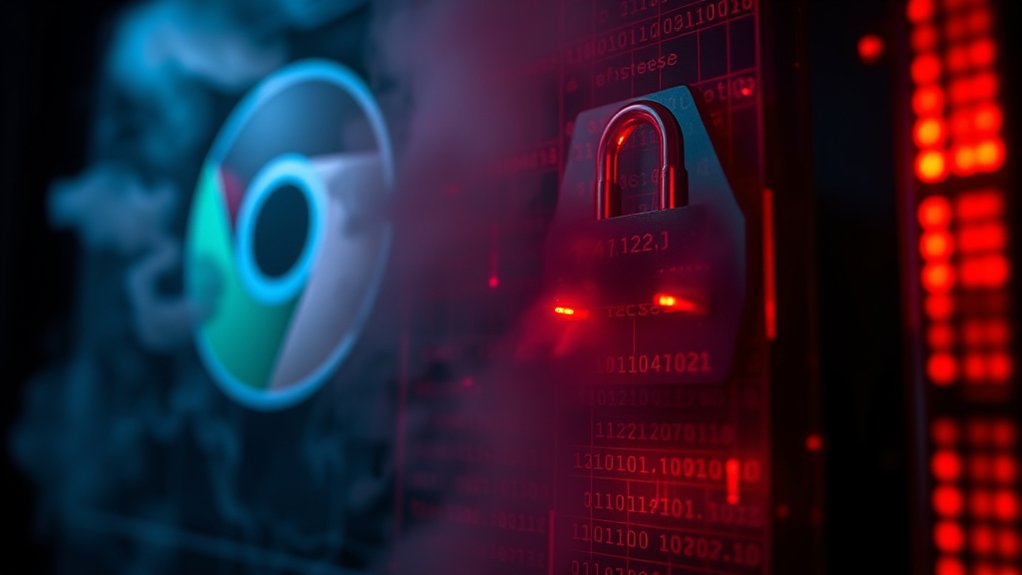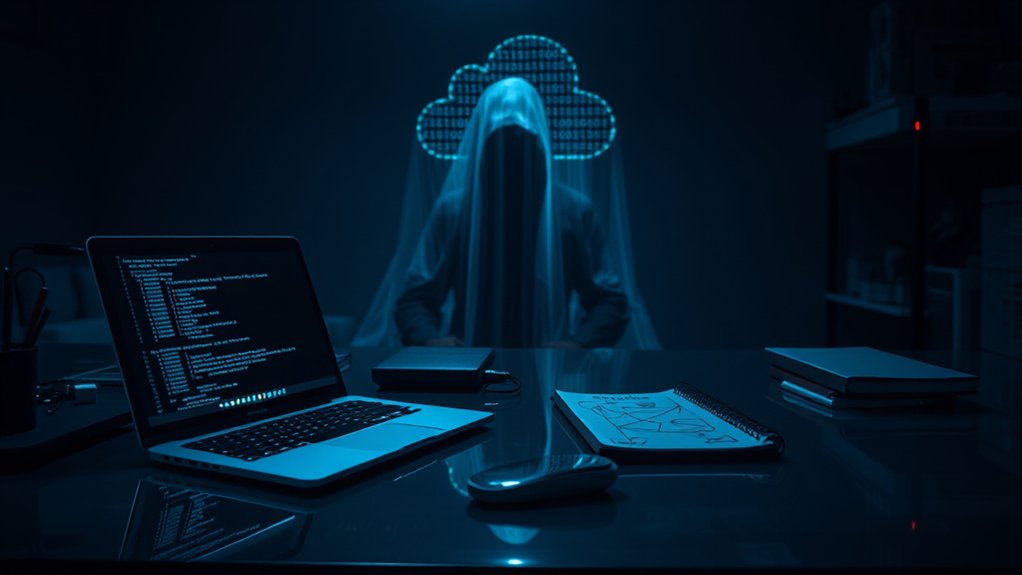As cyber threats evolve, malicious PDFs have emerged as a significant cybersecurity risk. Organizations across various sectors are increasingly targeted by attackers exploiting the PDF format to deliver payloads designed to compromise sensitive information. Recent data indicates that 42% of organizations have experienced successful social engineering attacks, among which PDF-based phishing campaigns—commonly referred to as “mishing”—have grown in prevalence.
Attackers utilize SMS to deliver malicious PDFs, cunningly incorporating phishing links to deceive unsuspecting mobile users. The techniques employed in these malicious PDFs reveal a troubling complexity. Cybercriminals embed deceptive text and hyperlinks that redirect users to fraudulent websites to steal credentials or compromise data. This campaign exploits user confidence in PDFs, known for their widespread use in business communications, indicating the need for heightened security awareness.
Importantly, the use of novel embedding methods allows attackers to bypass many conventional endpoint security solutions. Such sophistication is further compounded by the revelation of zero-day exploits within these documents. Attackers often disguise malware payloads within seemingly legitimate files, exploiting the inherent trust that users place in PDFs, particularly when transmitted via familiar channels such as messaging apps or email. Additionally, the 30% increase in cyberattacks reported in Q2 2024 compared to Q2 2023 highlights the urgent need for vigilant security measures.
Detecting malicious PDFs poses formidable challenges for security practitioners. Traditional security tools frequently lag in recognizing threats, primarily because of the nuanced evasion techniques attackers utilize. Many detection systems rely heavily on cloud analysis, which raises privacy concerns and can lead to delays in reacting to threats. Implementing two-factor authentication can provide an additional security layer against credential theft through malicious PDFs.
Furthermore, a surge in vulnerabilities across various software platforms complicates an organization’s defense strategy, with 835 critical vulnerabilities reported in Q1 2025 alone. The users themselves are often the weakest link. The PDF format’s reputation as safe leads even the most experienced individuals to open potentially harmful documents with little hesitation.
Social engineering tactics embedded within these files manipulate users into taking risky actions. Consequently, evolving user behavior and the growing use of mobile devices for work amplify exposure to these threats, underscoring the urgent need for thorough defenses against malicious PDFs.








